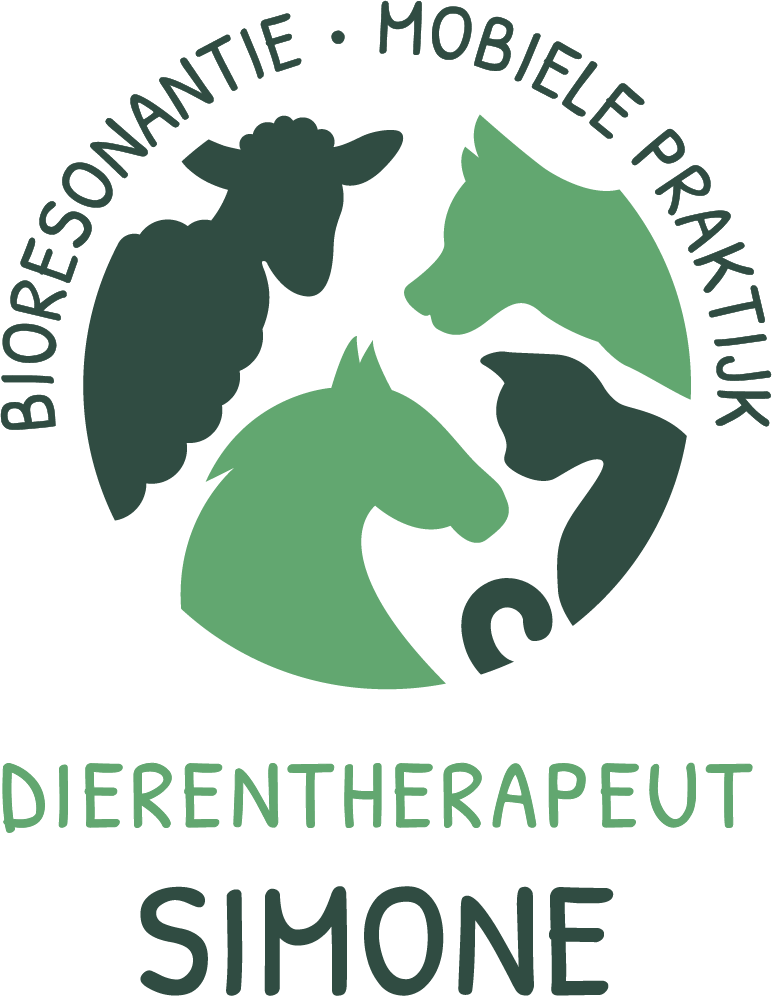Post-traumatic stress disorder (PTSD) is a problem not only for humans but also for animals. Just think of animals from the animal shelter, which have usually gone through a lot: their owner may have died, they were abandoned on the street by someone they trusted or they were mistreated.
When an animal or a person is in an extreme exceptional situation, the body reacts, depending on the degree of threat, with three typical, innate and unconscious courses of action in order to survive: Fight, Flight and Freeze.
PTSD causes the brain to get stuck in danger mode. Even when the animal is no longer in danger, it remains on high alert. The body continues to send out stress signals that lead to PTSD symptoms and greatly affect the animal’s behavior.
Unfortunately, animals are usually not able to move freely enough to avoid the trigger of PTSD: they are leashed, locked in, and cannot escape from the situation. As an outlet valve, they develop the aforementioned behavioral problems such as excessive barking, marking in the house, biting and much more. In the advanced stage, diseases such as eczema, food intolerance and more can manifest themselves.
If your animal shows abnormal behavior, there may be a traumatic experience behind it. It is possible for me to track down this trauma and to solve it with a therapy approach tailored to animals: I use the special combination of animal communication with two methods recognized by conventional medicine: EFT (Emotional Freedom Technique) and EMDR (Eye Movement Desensitiazation and Reprocessing) according to Bessel van der Kolk. Additionally, I like to use an adapted form of psycho-kinesiology.



